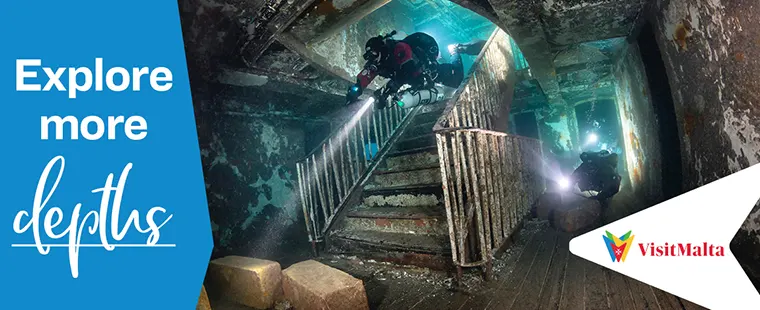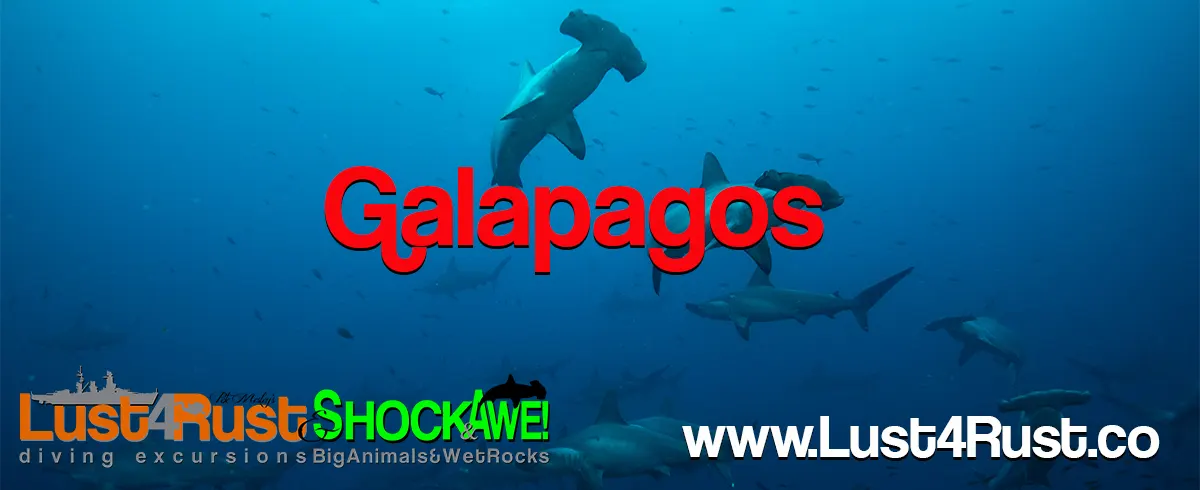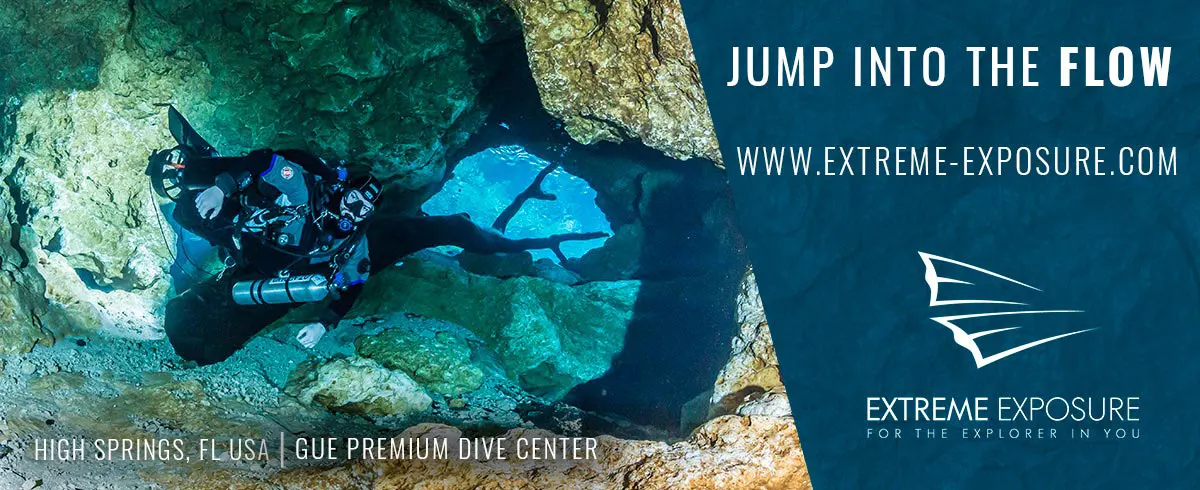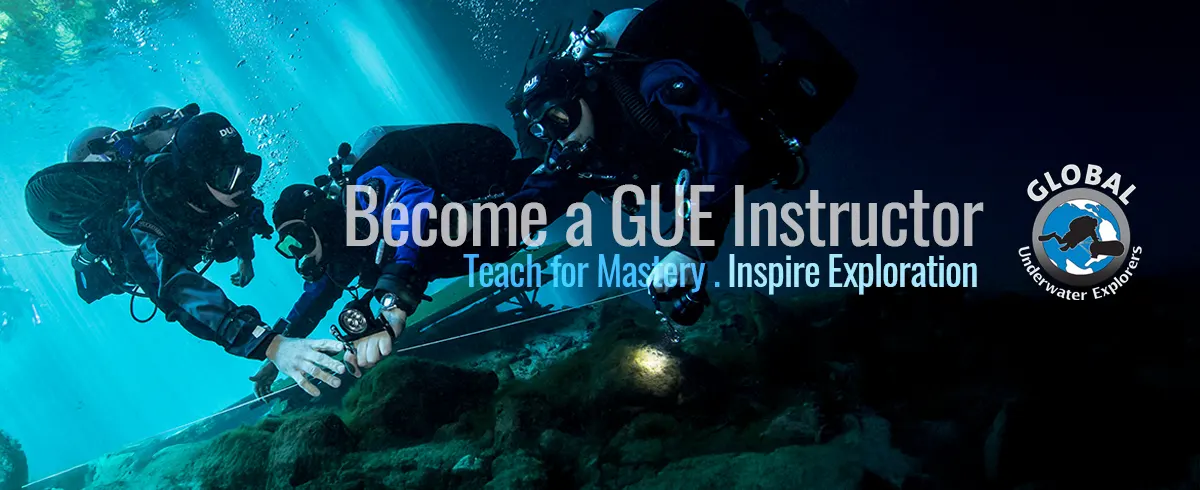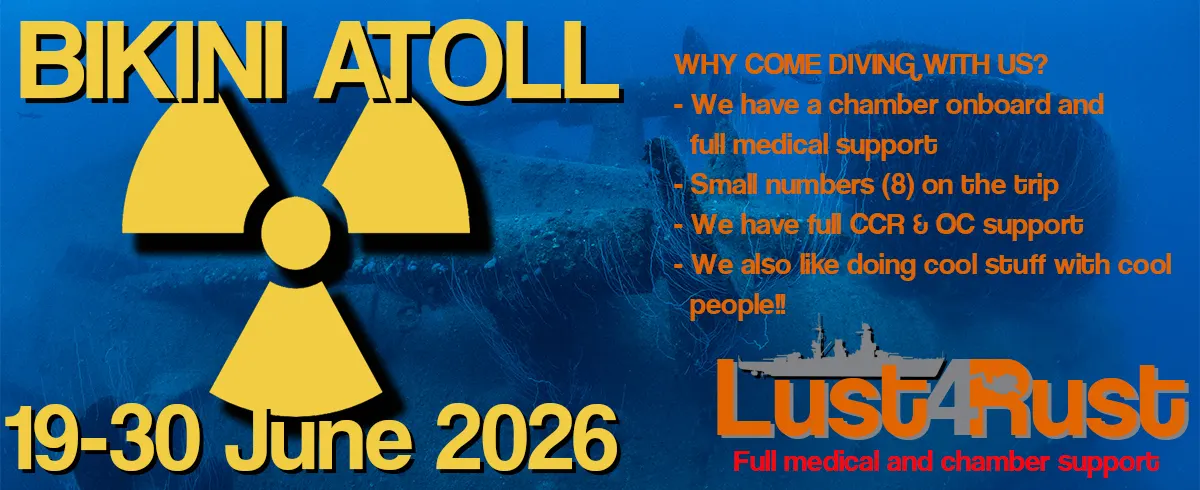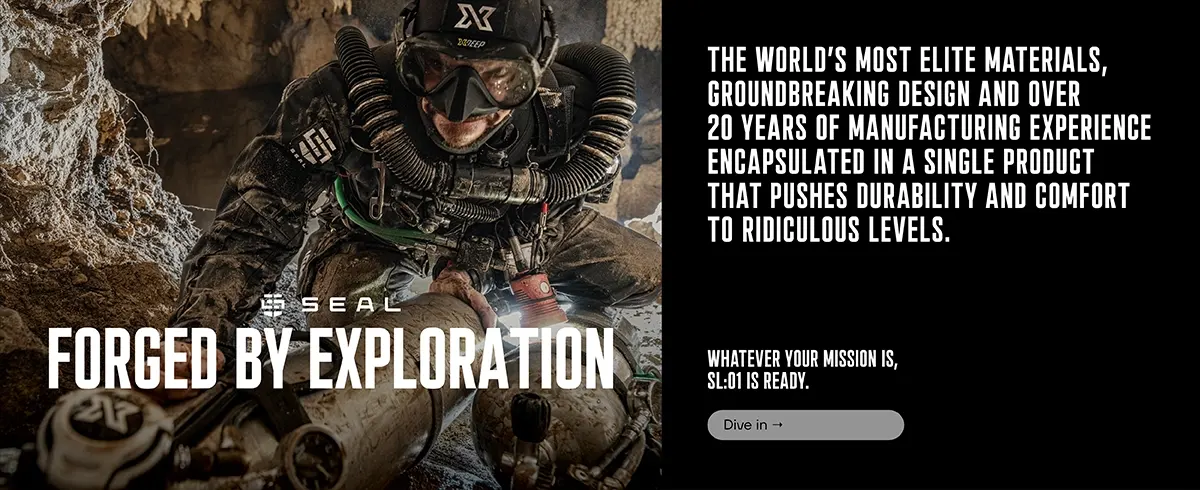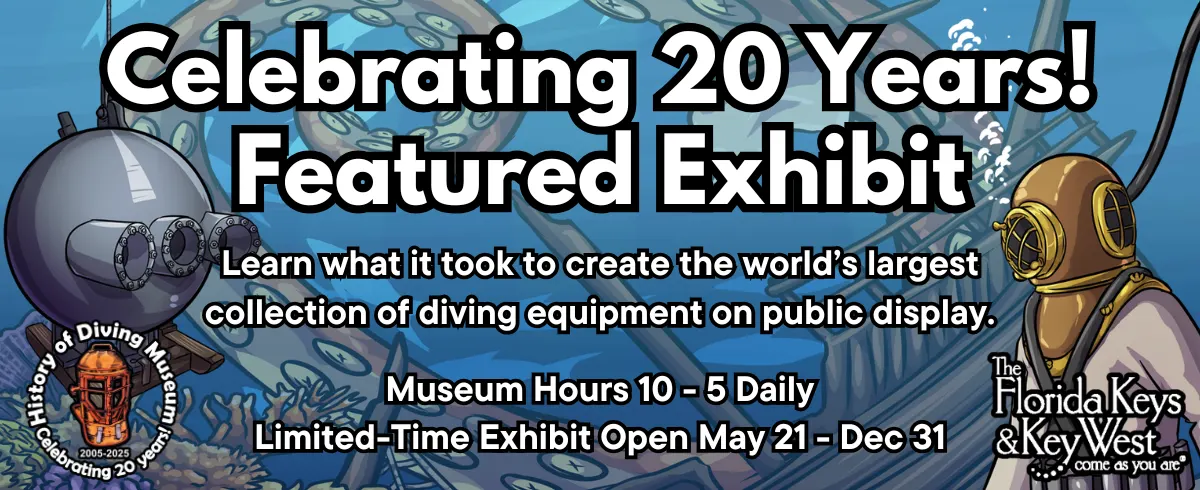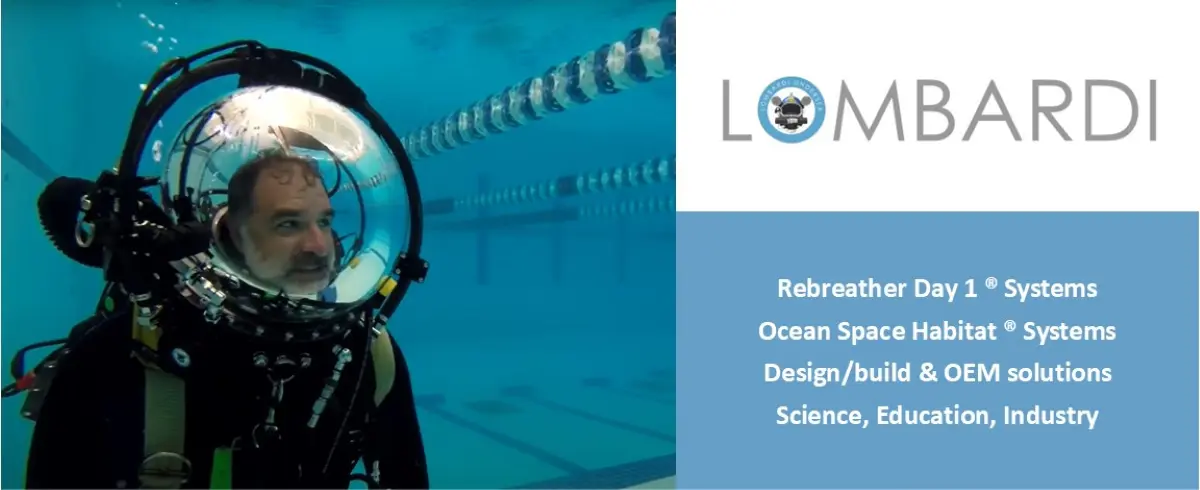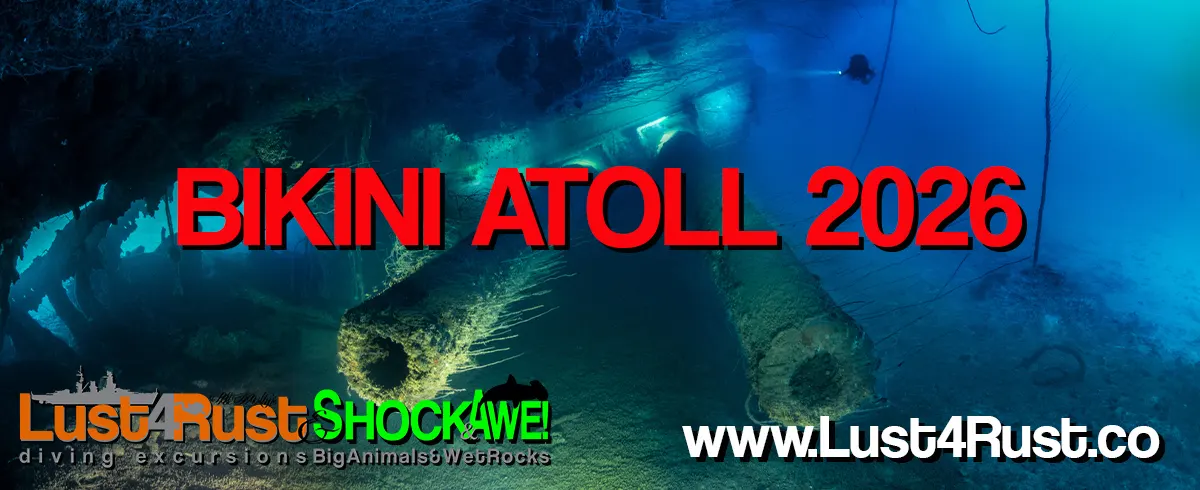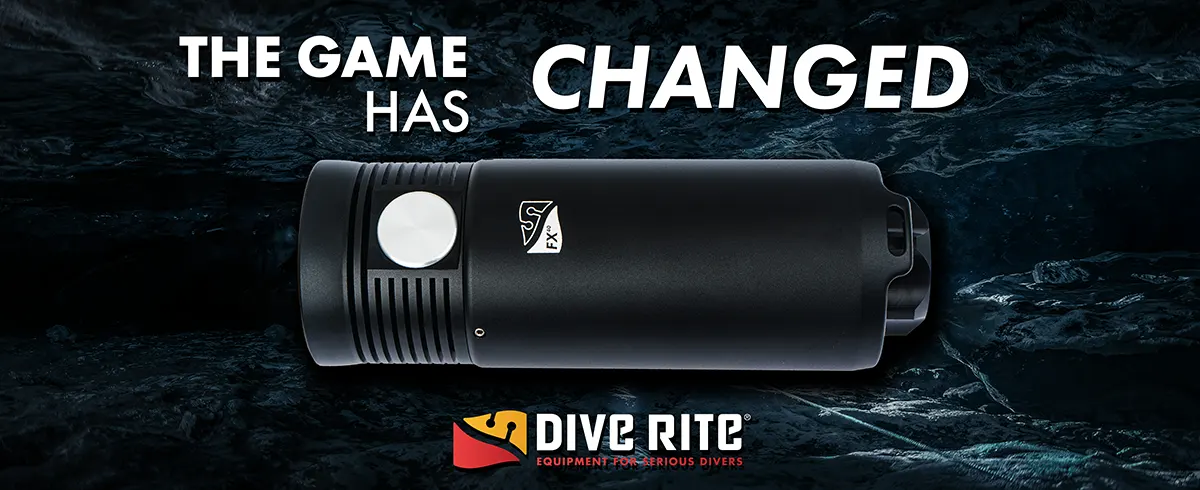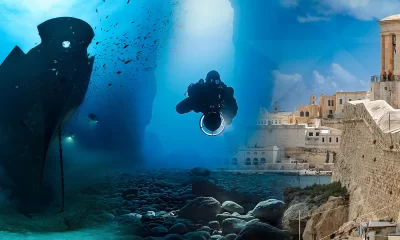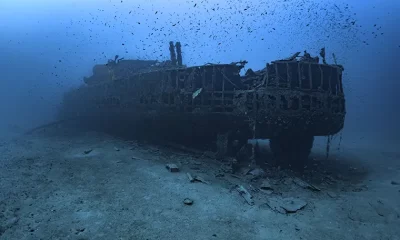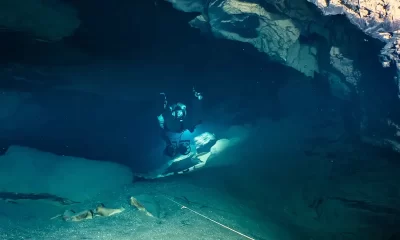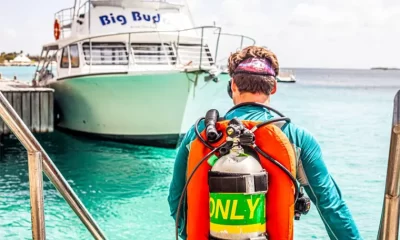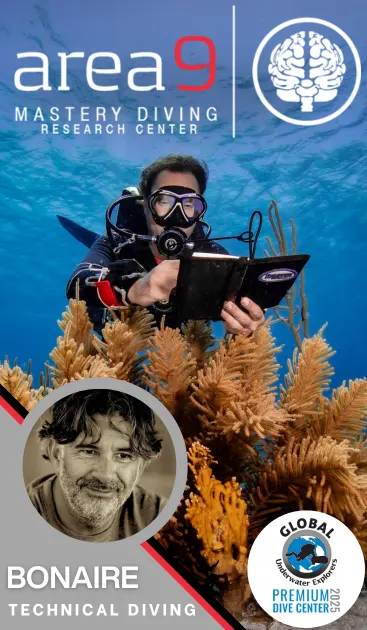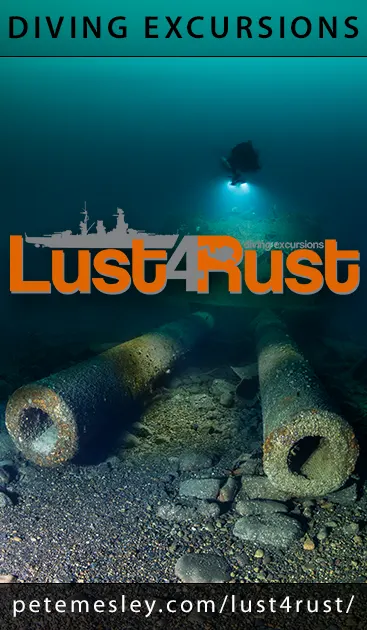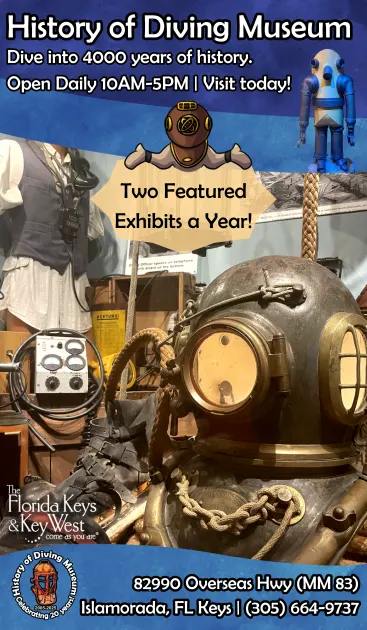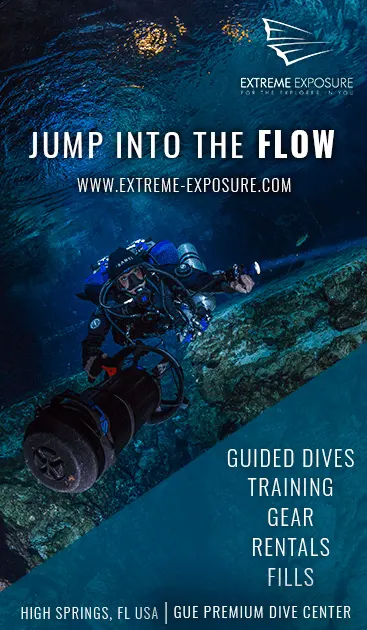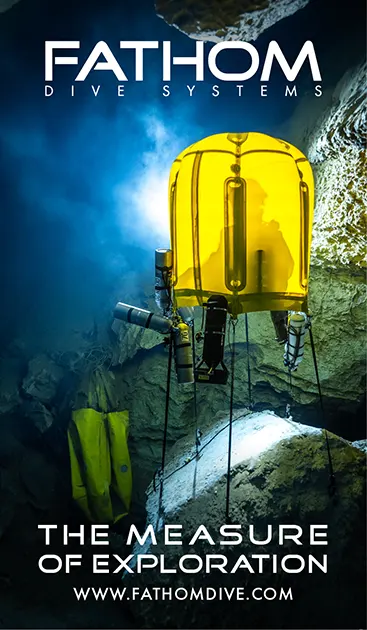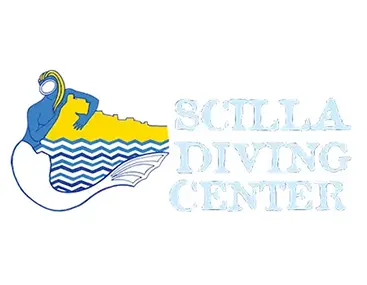Cave
Beyond the Light: Tech and Cave Exploration on Gozo
By Audrey Cudel. Images courtesy of the author.

“When you dive into Gozo’s caves, you’re not just exploring spaces. You are reading the geological history of the island, shaped by water and time.” —Audrey Cudel
Tucked between Sicily and North Africa, Gozo, Malta’s small sister island, has carved itself a quiet, fierce reputation among technical divers. It’s not just the crystal-clear waters or the dramatic limestone cliffs—it’s what lies beneath them. A labyrinth of underwater caves, tunnels, and sinkholes weaves through the island’s bedrock, offering rare access to both established dive sites and still-evolving exploration projects. For divers looking to push beyond the recreational, Gozo delivers a rare blend of accessibility, complexity, and genuine discovery.
The Geology Behind Gozo’s Caves
Gozo is essentially a limestone island whose cave systems tell an ancient story. Over millions of years, rainwater and sea erosion have carved out intricate systems of caves and tunnels both along its coastline and beneath its surface. This dual process creates a rich variety of underwater features: vast caverns filled with air, tight solution holes, interconnected tunnels, and vertical shafts linking surface runoff to the subterranean aquifers.
The island’s geology includes five primary layers, with the Upper Coralline Limestone playing the most significant role in cave formation. The porous nature of limestone allows for water seepage, leading to gradual expansion of small fissures into large cavern systems. Above ground, caves often form where rock collapses into hollows. Underwater, caves have developed where sea water slowly dissolves the rock, creating spectacular swim-throughs and chambers.
Divers can witness firsthand how geological time has shaped the underwater landscape. Wave action along the cliffs has carved big arches and tunnels, while underground freshwater flow has etched solution channels deep inside the island’s core. This complexity creates a perfect environment for training and real-world cave exploration.
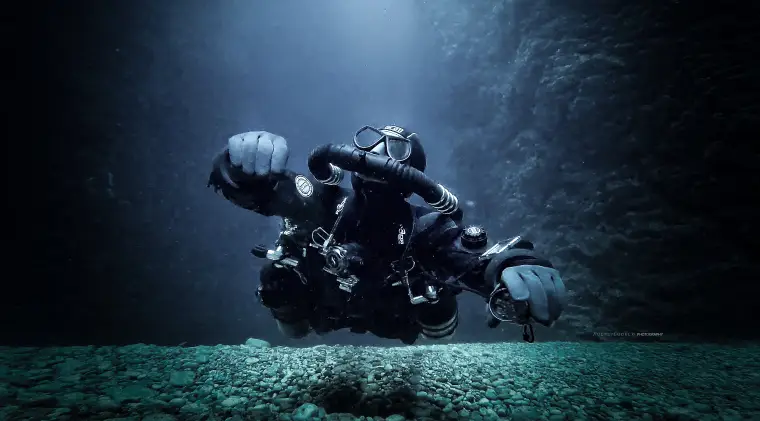
Underground Conduits and Ongoing Exploration
Beneath the visible caves, a network of solution channels and submerged conduits reveals itself. These natural drainage systems were formed through karst processes: Rainwater, slightly acidic from adsorbed carbon dioxide, slowly dissolved the limestone over thousands of years. This erosion created hidden underground rivers, narrow passageways, and conduits that channel water from the interior of the island to the sea. Some of these conduits remain active today, carrying groundwater, while others are dry but still accessible to experienced cavers.
Research has shown that parts of Gozo’s underground system are interconnected—linking inland sinkholes with coastal springs—further highlighting the island’s dynamic subterranean landscape. These passages often provide direct hydraulic links between the surface and underground freshwater systems, giving valuable information about Gozo’s hydrogeology.
Throughout history, wells have been essential to life on Gozo. Due to the island’s porous limestone structure and limited surface water, inhabitants had to dig deep into the ground to access underground aquifers. Traditional wells can be found across rural areas, often built with stone linings and featuring hand-dug shafts. These wells tap into the freshwater that seeps through the limestone layers, providing a crucial resource for agriculture and daily living. Some historic farmhouses still preserve ancient wells while modern ones have been adapted with mechanical pumps. The system of wells, often interconnected with underground conduits, reflects Gozo’s age-old struggle and ingenuity in managing scarce water resources.
Teams of local and international technical divers are actively surveying and mapping these submerged networks. Every new tunnel traced not only extends the known underwater map but also contributes vital data for groundwater conservation efforts.
“Gozo is also rumoured to have a network of secret underground passages, some of which are believed to connect old farmhouses, churches, and coastal defense sites. While many of these passages remain undiscovered or are the stuff of local legend, some historians suggest they were used for strategic movement during periods of piracy or conflict. These hidden routes, blending natural cave formations with man-made tunnels, add a layer of mystery to Gozo’s already fascinating underground world.”

Why Gozo is a Cave Diving Paradise
Technical diving in Gozo isn’t an afterthought—it’s the island’s main event for those who know where to look. With many dive sites accessible directly from shore, logistics are straightforward. Park near the coastline, gear up, and step straight into adventure. No long boat rides, no battling heavy swell for hours. The island’s small size means you can switch between multiple high-caliber sites in a single day, maximizing bottom time and experience without wasting time on transfers.
Several factors make Gozo one of Europe’s premier cave diving locations:
- Clarity: Water visibility often exceeds 30 m/100 ft, providing divers with crystal-clear views of intricate rock formations and marine life.
- Temperatures: With water temperatures ranging from 15° C/59° F in winter to 26° C/79° F in summer, Gozo allows for year-round diving—a rare advantage compared to colder regions.
- Variety: Gozo offers a wide range of dive sites, from shallow, sun-drenched swim-throughs, perfect for beginners, to deep, technical caves for advanced divers. There’s something for every level of experience and ambition.
- Accessibility: Divers can reach many cave sites from shore: Boat trips are rarely needed, so dive logistics are simpler and more affordable.
- Topography: The island’s complex underwater landscape features chimneys, tunnels, caverns, and vertical walls; these offer endless exploration opportunities and unique underwater photography settings.
- Marine Life: Gozo’s caves are biological hotspots. Cardinal fish, moray eels, grouper, lobsters, and octopi are commonly seen. Some caves also attract colourful nudibranchs and other rare marine species.
- Conservation: Many dive sites are within marine conservation zones. These zones help maintain the health and biodiversity of the ecosystems and ensure that Gozo remains a pristine diving destination for generations to come.
- Local Expertise: Gozo has a thriving dive community and well-established dive centers that offer expert training, guided tours, and rental equipment tailored for cave diving.

Together, these factors create a near-perfect combination for divers seeking beauty, challenge, and variety in one of the Mediterranean’s most unspoiled environments.
When compared to other famous cave diving spots around the world, Gozo stands out for its accessibility and diversity rather than the complexity of the navigation within its cave system. Places like Mexico’s Yucatán Peninsula offer grand freshwater cenotes and intricate labyrinths but often require extensive travel into remote jungles. Florida’s cave systems provide deep technical challenges, but the water is often colder and less clear. In Europe, France’s Lot region is renowned for extensive cave networks but demands high levels of technical certification.
Gozo, by contrast, offers warmer waters than many European destinations, easy shore access, stunning visibility, and a good balance between beginner-friendly caverns and serious, technical cave dives. Gozo is a compact island environment where multiple caves can be explored in a single day.

A Submerged String of Pearls
Among the standout sites, Billinghurst Cave, located off Reqqa Point north of Gozo, is one of the most impressive and challenging dive sites. Its formation is closely tied to the region’s geological history and fluctuating sea levels. During past ice ages, when sea levels were significantly lower, many of today’s underwater caves and tunnels were exposed to air. Rainwater infiltration and chemical weathering continued to shape these limestone structures, creating large voids and complex tunnels.
As the last ice age ended and global temperatures rose, glaciers melted, causing a dramatic rise in sea levels. The Mediterranean Sea inundated coastal landscapes, submerging Billinghurst and other caves. Today, divers swimming through Billinghurst are essentially exploring an ancient terrestrial cave system now hidden beneath the sea. The silty floors, sharp formations, and large chambers are remnants of an environment that once stood high above water.
These sea level changes explain why Billinghurst features dry-looking sections and wide passageways—characteristics typical of caves that formed above sea level and were later submerged.
Understanding Billinghurst’s origin offers divers a deeper appreciation for the slow, powerful forces that have shaped Gozo’s dramatic underwater landscape over tens of thousands of years.
Next to Bilinghurst, the Bottleneck is an exciting and challenging dive site famous for its narrow, twisting 35 m/115 ft depth entrance that opens dramatically into a wide, cathedral-like cave. Divers must carefully navigate a tight, sloping tunnel about 2 m/7 ft in width, requiring precise buoyancy and positioning to avoid disturbing the silt or scraping the rock walls. Past the bottleneck passage, the cave opens up with soaring walls; shafts of sunlight stream down through the ceiling, creating mesmerising light effects. However, the darkness absorbs this luminescence by the time divers reach the 60-m/200-ft-deep exit tunnel. The Bottleneck is recommended for experienced technical divers only. Proper lighting is essential to fully appreciate the interior textures and to navigate safely through the darkened deeper tunnel.
Cathedral Cave near Għasri Valley offers a cavern experience that punches well above its weight. Entry is easy—a short swim from the valley—but, inside, the environment changes dramatically. The immense overhead chamber glows electric blue where sunlight pierces through the water, but the further you move from the entrance, the more the ambient light fades. Exploring the deeper pockets and side corridors demands real discipline—buoyancy control, team communication, and line management are essential. It’s a site that transitions beautifully from recreational limits into technical diving territory: perfect for divers working toward cavern or intro-to-cave certifications.

On the west coast, the Inland Sea, together with the Blue Hole and the surrounding Azure Boulders area, offer one of Gozo’s most versatile technical diving playgrounds. A vertical shaft drops straight down before opening into a complex web of collapsed limestone formations—the aftermath of the Azure Window’s collapse in 2017. Massive boulders and swim-throughs create a three-dimensional maze which is ideal for sidemount divers and those training in advanced overhead environments. Depths here can be tailored: Stay shallower for training drills or push deeper and explore interconnected caves that demand careful gas planning and environmental awareness.
Even for beginners in overhead environments, Gozo has an ideal starting ground. The Xlendi Tunnel offers a long, shallow overhead experience wide enough to manage stress levels while still requiring attention to navigation and gas management. With its broad, illuminated exit always in sight, it’s an excellent location for early cavern training and confidence-building dives before tackling more serious penetrations.
Last but not least, San Dimitri Point located off the rugged western coast of Gozo, offers a more remote and adventurous cave diving experience. Accessible mainly by boat, the underwater terrain around San Dimitri is a network of caverns, long cracks, narrow swim-throughs, and dramatic rock formations. The site features tunnels that lead into deeper waters with stunning light effects and thriving marine life including amberjacks, barracudas, and moray eels. Because of changing currents and depth variations, this dive is recommended for intermediate to advanced divers.
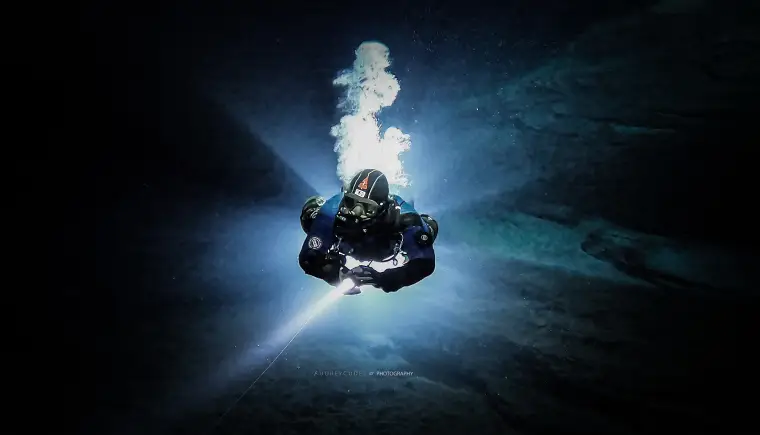
Above-Ground Caves in Gozo
While cave diving captures much of Gozo’s attention, its dry caves are worth exploring, too. The Xerri’s Grotto and Ninu’s Cave in Xagħra are two show caves where visitors can walk through small but striking underground spaces filled with stalactites and stalagmites. Meanwhile, Tal-Mixta Cave, perched on a cliff above Ramla Bay, offers a natural window overlooking the famous red-sand beach. It’s accessible via a steep path and often used by hikers and photographers for its iconic viewpoint.
What truly sets Gozo apart is its accessibility combined with the authenticity of its technical challenges. It’s rare to find an environment where you can conduct full-deco technical dives, cavern and cave penetrations, and exploratory missions without the logistical headaches that usually accompany such projects.
“Gozo isn’t a diving destination for spectators. It’s a place for serious divers who are ready to dive into history.”
Gozo’s reputation as a Mediterranean diving gem is well earned. With its crystal-clear waters, intricate underwater landscapes, and rich marine life, the island is a paradise for divers of all levels. Each dive provides a new adventure into the depths of nature’s wonders.
As divers explore the caves of Gozo, they not only experience the thrill of discovery, but they also gain a deeper appreciation for the delicate ecosystems that thrive beneath the surface. Whether you’re a seasoned cave diver or someone looking to embark on a thrilling underwater journey, Gozo’s caves promise an unparalleled and awe-inspiring experience. Gozo isn’t a diving destination for spectators. It’s a place for serious divers who are ready to dive into history.
Return to Malta, May I?
DIVE DEEPER
Diving Talks: Audrey Cudel’s – Let’s talk about diving
InDEPTH: The Who’s Who of Sidemount: Audrey Cudel
InDEPTH: Can You Really Make Diving a Day Job? The Realities of Full-Time Tech Instruction

Audrey Cudel started diving in the south of France back in 1994 and became passionate about deep technical diving in 2006. She changed careers 16 years ago as she got more involved in sidemount, cave diving training, and exploration projects. She is also a renowned underwater photographer whose style is widely known within the technical diving community. In 2012, she founded one of Malta/Gozo’s most famous technical diving facilities that she ran for seven years before establishing her own company, AUDREY CUDEL TECHNICAL.
After 31 years of diving, she is actively operating in Egypt, Gozo/Malta, Mexico, Hungary, France, and Spain. Audrey specializes in sidemount essentials, technical sidemount, cave diving training, and related equipment development and trading. She has also worked as a safety diver and camera assistant on a number of technical diving events including deep diving world record attempts and cave diving documentaries. She is a Brand Ambassador and has been actively contributing to various magazines, agencies and websites publications with articles and photography support. Her spare time is dedicated to cave exploration, underwater photography/video, and the development of diving designs and equipment.

